Making Your Home Safe for a Baby
Creating a safe environment for your baby at home is not just important; it's essential. As a new parent, you might feel overwhelmed by the myriad of safety concerns that come with having a little one. From the moment you bring your baby home, your living space transforms into a world of exploration for them. Babies are naturally curious, and as they grow, they will want to explore every nook and cranny of your home. So, how can you ensure that your home is a safe haven for your precious bundle of joy? In this article, we will delve into the important aspects of nursery setup, childproofing common areas, and specific safety measures you can take to protect your baby from potential hazards.
Designing a safe nursery is crucial for your baby's well-being. It’s not just about aesthetics; it’s about creating a space where your little one can sleep, play, and grow without the risk of injury. Start by focusing on crib safety. Ensure that the crib meets the current safety standards, with slats no more than 2-3 inches apart to prevent your baby from getting stuck. The mattress should fit snugly, and it’s best to avoid using soft bedding, pillows, or toys that could pose suffocation risks.
Next, consider the placement of furniture in the nursery. Avoid placing the crib near windows or heavy furniture that could tip over. Instead, arrange the room to allow for easy movement and access to essentials. Opt for non-toxic materials for everything from paint to furniture. Look for products labeled as free from harmful chemicals like formaldehyde and lead, ensuring that your baby’s environment is as safe as possible. Remember, a well-thought-out nursery setup is the first step in safeguarding your child’s health and safety.
Childproofing your home involves securing areas where your baby will spend time. Think about the living room, kitchen, and bathroom—these are places where hazards can lurk around every corner. In the living room, use outlet covers to prevent curious fingers from poking into electrical sockets. Keep cords from blinds and curtains out of reach to avoid strangulation risks. Additionally, consider using corner protectors on sharp furniture edges, especially if your baby is starting to crawl or walk.
In the kitchen, it’s essential to identify potential hazards. Store all cleaning supplies, sharp utensils, and anything that could be dangerous out of reach. You might want to install childproof locks on cabinets and drawers. The bathroom is another area filled with risks, from slippery floors to hazardous items like medications and cleaning products. Always keep the bathroom door closed and consider using a lock if necessary. By taking these precautions, you can significantly reduce the risks your baby might encounter in common areas of your home.
Heavy furniture and appliances can pose significant risks, especially as your baby begins to crawl and explore. It’s crucial to anchor furniture such as bookshelves and dressers to the wall to prevent tipping. Use furniture straps or brackets to secure these items firmly. Similarly, ensure that heavy appliances like TVs are placed securely on low, stable surfaces or mounted to the wall. This simple step can prevent serious accidents and injuries.
Sharp edges on furniture can lead to injuries, and as your baby becomes more mobile, these risks increase. Discover various products and methods available for protecting corners and edges throughout your home. Foam corner protectors are an easy and effective way to cover sharp edges. Additionally, you can use edge guards on tables and countertops to create a safer environment for your little explorer.
Stairs can be dangerous for babies, especially as they start to crawl and walk. Installing safety gates at the top and bottom of stairs is essential to prevent falls. Make sure these gates are sturdy and meet safety standards. Look for gates that can be easily opened by adults but are difficult for children to manipulate. This way, you can keep your baby safe while still having easy access to different levels of your home.
The bathroom is filled with potential hazards for babies. To ensure safety, always supervise your little one during bath time. Consider using a non-slip mat in the tub to prevent slipping. It’s also vital to secure hazardous items like medications, razors, and cleaning supplies in locked cabinets or out of reach. Remember to set your water heater to a safe temperature to prevent scalding. By taking these precautions, you can create a safer bathing environment for your baby.
The kitchen can be a perilous place for little ones. To childproof your kitchen effectively, start by keeping dangerous items like knives and cleaning supplies stored in high cabinets. Use childproof locks on lower cabinets to prevent access. It’s also essential to keep hot surfaces and open flames out of reach. While cooking, always turn pot handles inward to avoid accidental spills. These simple kitchen safety measures can make a world of difference in protecting your baby.
Hot surfaces and open flames are serious risks. To keep your baby safe around cooking appliances, consider using stove knob covers to prevent little hands from turning the knobs. Always remain attentive while cooking, and never leave your baby unattended in the kitchen. If possible, use the back burners and keep pot handles turned away from the edge to minimize the risk of burns.
Proper storage of kitchen items is vital. Explore tips for safely storing sharp utensils and cleaning supplies out of reach from curious hands. Use drawer dividers to keep sharp objects organized and securely closed. Consider using a high shelf for cleaning products and ensure that all items are stored in their designated places after use. This not only helps keep your kitchen tidy but also ensures your baby's safety.
1. When should I start baby-proofing my home?
It's best to start baby-proofing your home before your baby begins to crawl, which is typically around 6 to 10 months of age. However, it’s never too early to start thinking about safety!
2. What are the most common hazards in a home for babies?
Common hazards include sharp edges, heavy furniture that can tip over, electrical outlets, and toxic substances like cleaning supplies and medications.
3. How can I ensure my baby is safe while I cook?
Always use the back burners, turn pot handles inward, and consider using stove knob covers to prevent accidental turning. Never leave your baby unattended in the kitchen.
4. Are there specific products I should invest in for baby-proofing?
Yes, consider investing in outlet covers, corner protectors, safety gates, and cabinet locks to help keep your baby safe.
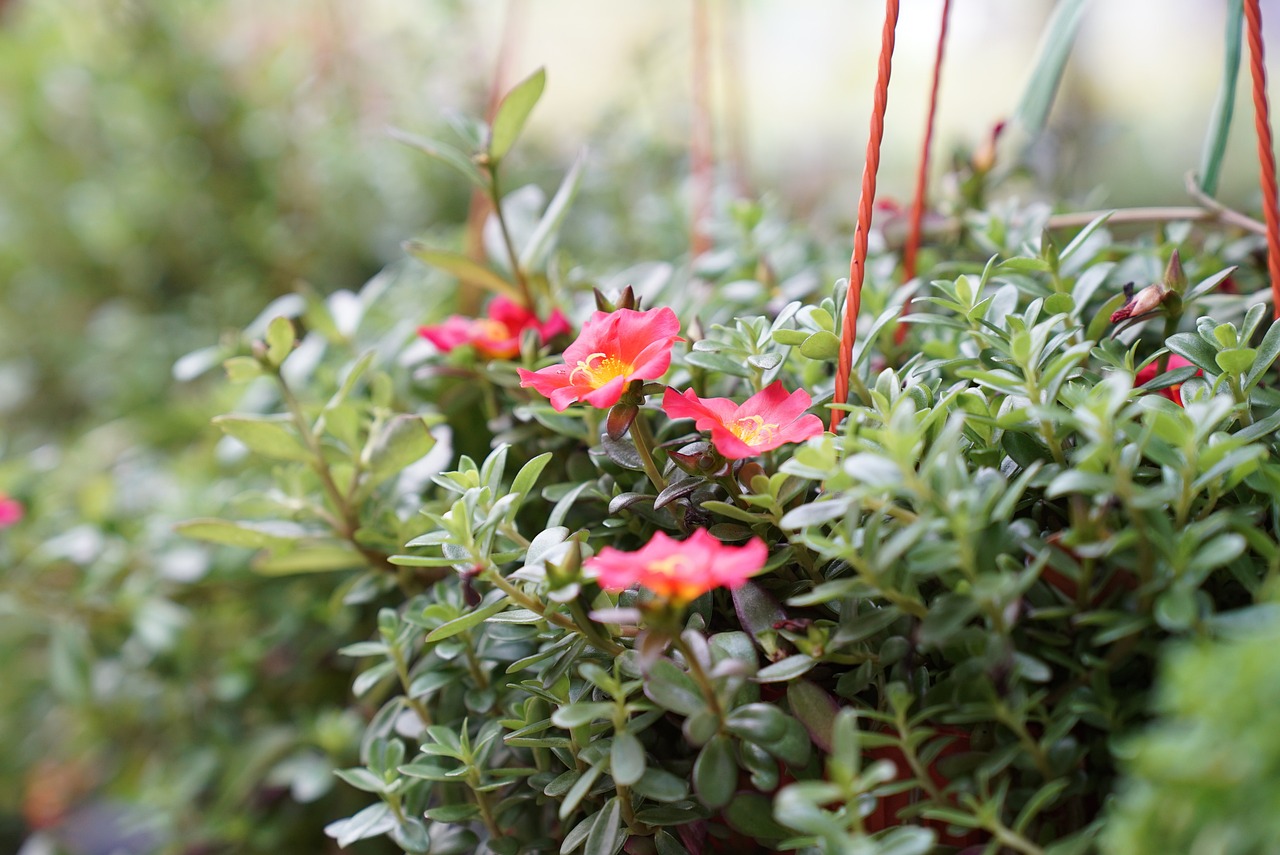
Nursery Setup Essentials
Designing a safe nursery is crucial for your baby's well-being. After all, this is where your little one will spend a significant amount of time, so creating a cozy and secure environment is essential. First and foremost, let's talk about crib safety. The crib should meet safety standards, which means it should have a sturdy construction, slats no more than 2 3/8 inches apart, and a firm mattress that fits snugly without any gaps. A well-chosen crib is the foundation of a safe nursery, so don’t skimp on this important piece of furniture!
Next, consider the placement of furniture. You want to ensure that everything is strategically positioned to minimize risks. For instance, avoid placing the crib near windows where blinds or cords could pose a strangulation hazard. Additionally, keep heavier furniture items away from the crib to prevent any accidental tipping. It’s a good idea to create a layout that allows you to easily access your baby while keeping all essential items within arm's reach, yet out of your baby's reach. Think of it like creating a safe little island in the middle of your home!
When it comes to materials, choosing non-toxic options is paramount. Babies are naturally curious and tend to explore their surroundings with their mouths, so it’s crucial to select furniture and decor that are free from harmful chemicals. Look for items labeled as low-VOC (volatile organic compounds) or non-toxic finishes. This includes everything from the paint on the walls to the fabric of the nursery bedding. The last thing you want is for your baby to be exposed to harmful substances while they sleep or play.
Moreover, consider the lighting in the nursery. Soft, adjustable lighting can create a calming atmosphere for both you and your baby. Installing a dimmer switch can help you control the brightness, making it easier to transition from playtime to bedtime. Remember, a well-lit room is not just about aesthetics; it also plays a vital role in safety. Make sure that all light fixtures are securely installed and that there are no exposed wires or outlets that could be dangerous.
Lastly, don't forget about the flooring. Opt for soft, cushioned materials like carpets or rugs to provide a safe area for your baby to crawl and play. If you choose hardwood or tile floors, consider adding foam mats to soften any falls. It's essential to create a space where your baby can explore without the constant worry of bumps and bruises. Just think of the nursery as a little adventure zone, where every corner is designed with safety and comfort in mind!
In summary, creating a safe nursery involves careful consideration of several factors, including crib safety, furniture placement, non-toxic materials, proper lighting, and flooring choices. By taking the time to set up a well-thought-out nursery, you're not only ensuring your baby's safety but also fostering a nurturing environment for them to grow and thrive.
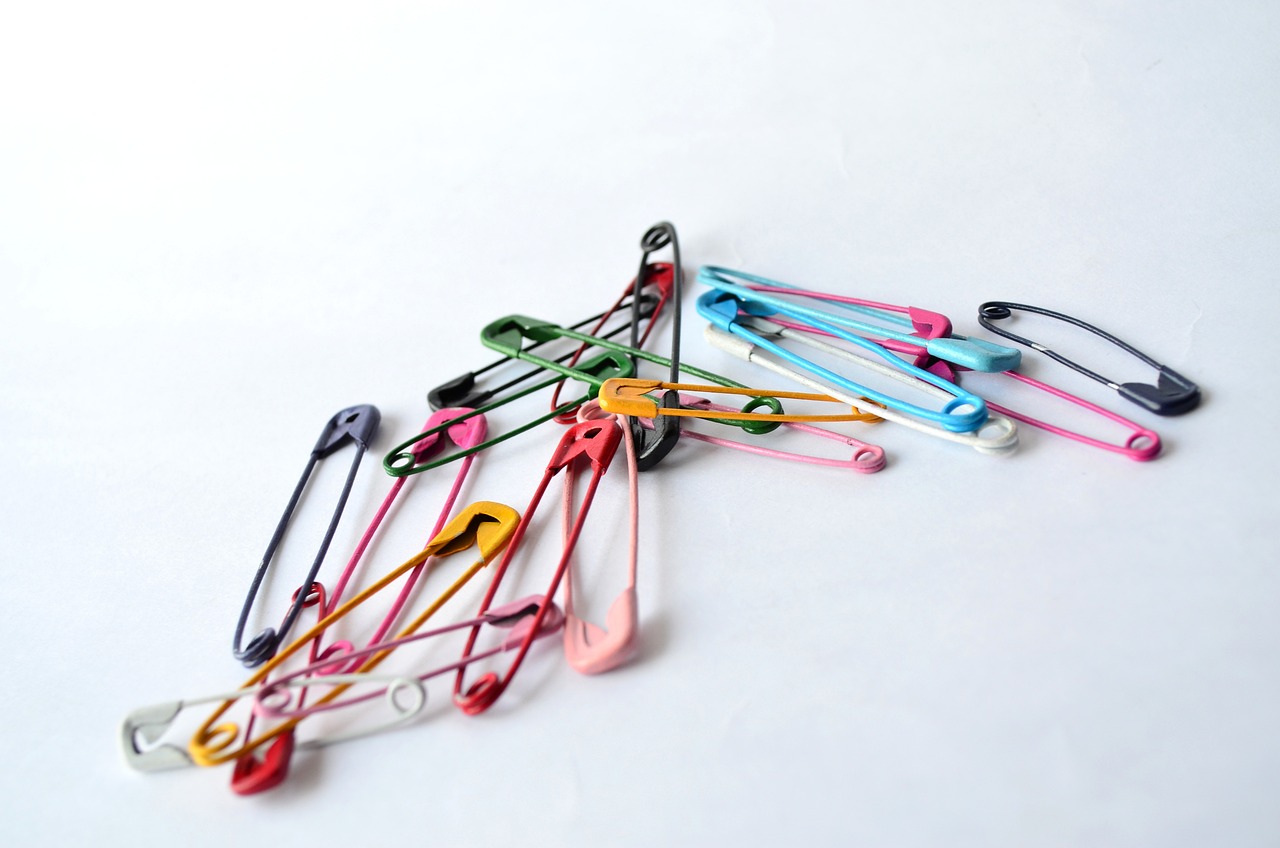
Childproofing Common Areas
Childproofing your home is like putting on a safety net for your little one as they explore the world around them. You might not realize it, but common areas in your home can harbor hidden dangers that pose risks to curious babies. From the living room to the kitchen and bathroom, each space has its own set of potential hazards. So, how do you ensure your home is a safe haven for your baby? Let's dive into some essential strategies for identifying and eliminating these risks.
First and foremost, start by assessing your living spaces. Look around and ask yourself, “What could my baby reach?” or “What items could potentially cause harm?” For instance, in the living room, make sure that any cords from blinds or electronics are out of reach. Babies are naturally drawn to shiny objects and colorful cords, but these can pose serious choking hazards. Additionally, consider securing heavy furniture, like bookshelves and entertainment centers, to the wall to prevent tipping. A simple anchor can be a lifesaver, literally!
Next up, let’s talk about the kitchen, often considered the heart of the home but also one of the most dangerous areas for little ones. The kitchen is filled with sharp utensils, hot surfaces, and hazardous cleaning supplies. To childproof this space, you should:
- Install cabinet locks to keep curious hands away from sharp knives and cleaning products.
- Use stove knob covers to prevent little fingers from turning on burners.
- Ensure that heavy pots and pans are stored on lower shelves, so they are less likely to fall if your baby pulls on them.
Now, let’s not forget about the bathroom. This room can be a treasure trove of dangers, from slippery floors to toxic substances. One crucial safety measure is to always keep the bathroom door closed and consider installing a lock that is out of reach of little hands. Additionally, use non-slip mats in the bathtub to prevent slips during bath time. And remember, never leave your baby unattended in the bath, even for a moment!
When it comes to securing your home, it's essential to be proactive. Investing in safety gates can be a game changer, especially for staircases. These gates act as a barrier, preventing your baby from accessing areas that may be unsafe. When installing gates, ensure they are mounted securely and are tall enough to deter even the most adventurous crawlers. Always check for gaps that could allow your baby to squeeze through.
In summary, childproofing common areas in your home is a vital step in creating a safe environment for your baby. By identifying potential hazards and implementing effective safety measures, you can give your little one the freedom to explore while keeping them protected. Remember, a little effort today can prevent a lot of heartache tomorrow!
Q: When should I start childproofing my home?
A: It's best to start childproofing your home before your baby begins to crawl, usually around 6-10 months. However, it's never too late to make your home safer!
Q: Are there specific products I should invest in for childproofing?
A: Yes! Consider purchasing cabinet locks, corner guards, safety gates, and outlet covers to enhance safety in your home.
Q: How often should I reassess the safety of my home?
A: As your baby grows and becomes more mobile, it's essential to reassess your home every few months to ensure new hazards are addressed.

Securing Furniture and Appliances
When it comes to making your home safe for a baby, one of the most critical aspects is . Babies are naturally curious and adventurous, often exploring their surroundings with little regard for potential dangers. Heavy furniture, like bookshelves, dressers, and appliances, can tip over easily if a little one decides to pull themselves up or climb. Imagine the heart-stopping moment when you see your baby reaching for that tempting corner of the dresser—it's enough to send any parent into a panic!
To prevent accidents, it’s essential to anchor heavy furniture to the wall. This can be accomplished using simple anchoring kits available at most hardware stores. These kits typically include brackets and screws designed to secure the furniture to the wall, preventing it from tipping over. While it might seem like a small step, this precaution can make a world of difference in keeping your baby safe. Remember, it’s not just about the furniture in the nursery; you should also consider items in living rooms and play areas.
In addition to anchoring furniture, you should also focus on securing appliances. Large appliances like refrigerators and ovens can pose risks if they are not stable. For instance, a curious toddler might try to open the door of the refrigerator and accidentally tip it over if it’s not properly secured. To mitigate this risk, consider using anti-tip brackets specifically designed for appliances. These brackets can be installed easily and will keep your appliances firmly in place.
Moreover, it’s important to assess the layout of your home. Make sure that any heavy items are placed against the wall and away from the edges of surfaces where they can be easily pulled down. If you have a large, heavy television, consider mounting it on the wall instead of placing it on a stand. This not only saves space but also eliminates the risk of it toppling over. It’s a good idea to periodically check the stability of your furniture and appliances, especially as your baby grows and becomes more mobile.
Finally, don’t forget about smaller items that can pose risks. Items such as decorative vases, picture frames, and other knick-knacks should be placed out of reach or secured to prevent them from being knocked over. You might think that a small object is harmless, but in the hands of an inquisitive baby, it can quickly become a dangerous projectile.
In summary, securing furniture and appliances is about creating a safe environment where your baby can explore without fear. By taking proactive steps to anchor heavy items and rearranging your living space, you can significantly reduce the risk of accidents. Remember, safety is not just a one-time task; it’s an ongoing process that evolves as your child grows and their curiosity expands.
Q: What types of furniture should I secure?
A: Any heavy furniture, such as dressers, bookshelves, and entertainment centers, should be secured. Additionally, large appliances like refrigerators and ovens should also be anchored to prevent tipping.
Q: How do I anchor furniture to the wall?
A: You can use furniture anchoring kits that include brackets and screws. These kits are typically easy to install and can be found at most hardware stores.
Q: Are there specific products for securing appliances?
A: Yes, there are anti-tip brackets designed specifically for appliances. These can be attached to the wall and will help keep your appliances stable and secure.
Q: Should I check the stability of furniture regularly?
A: Absolutely! As your baby grows and becomes more mobile, it’s important to periodically check the stability of all furniture and appliances to ensure ongoing safety.

Corner and Edge Protection
When you welcome a new baby into your home, it’s like opening a new chapter filled with joy, laughter, and a few unexpected surprises. However, amidst all the excitement, it's crucial to ensure that your home is a safe haven for your little one. One of the often-overlooked aspects of baby-proofing is protecting corners and edges of furniture. Sharp corners can be as sneaky as a cat in the night, waiting for the perfect moment to cause an accident. It's essential to take proactive measures to prevent any unfortunate mishaps.
First things first, let’s talk about where these sharp edges lurk. Think about all the furniture in your living space—coffee tables, bookshelves, and even the edges of your kitchen counters. These seemingly harmless pieces can turn into danger zones for your curious crawler or adventurous toddler. The good news? There are plenty of products and solutions available to help you safeguard your home.
One effective way to protect your baby from corner injuries is by using corner guards. These soft, cushioned protectors can be easily attached to the corners of furniture, providing a buffer between your baby and the sharp edges. Here’s a quick rundown on some popular options:
| Type of Corner Guard | Material | Ease of Installation | Price Range |
|---|---|---|---|
| Foam Corner Guards | Foam | Easy | $10 - $20 |
| Silicone Corner Guards | Silicone | Moderate | $15 - $25 |
| Plastic Corner Guards | Plastic | Easy | $5 - $15 |
In addition to corner guards, edge protectors can cover longer surfaces such as tables and countertops. These are particularly useful for areas where your baby might be standing or pulling themselves up. Just imagine the peace of mind you’ll feel knowing that even if your little one stumbles, those edges are cushioned!
But let’s not forget about creativity! You can also use fabric or foam padding to DIY your own corner and edge protection. It’s a fun project that allows you to customize the look to match your home decor while keeping safety in mind. Just make sure whatever you choose is securely attached and won't come loose during playtime.
As you embark on this journey of baby-proofing, remember that safety doesn't have to compromise style. There are numerous aesthetically pleasing options available that blend seamlessly with your home’s interior. After all, your living space should reflect your personality while ensuring your baby can explore safely.
Lastly, always keep an eye on your baby's movements. Even with all the protective measures in place, supervision is key. Think of it as keeping a watchful eye on a little explorer in a vast, exciting world. With these corner and edge protection strategies, you’ll create a safer environment where your baby can thrive and explore without fear of sharp edges.
- What are the best materials for corner guards? Foam and silicone are highly recommended for their cushioning properties and ease of installation.
- How do I install corner guards? Most corner guards come with adhesive backing. Simply peel and stick them to the corners of your furniture.
- Can I make my own corner protection? Yes! Using fabric or foam padding can be a creative and effective way to protect corners and edges.
- How often should I check the corner guards? Regularly inspect them to ensure they remain securely attached and in good condition.
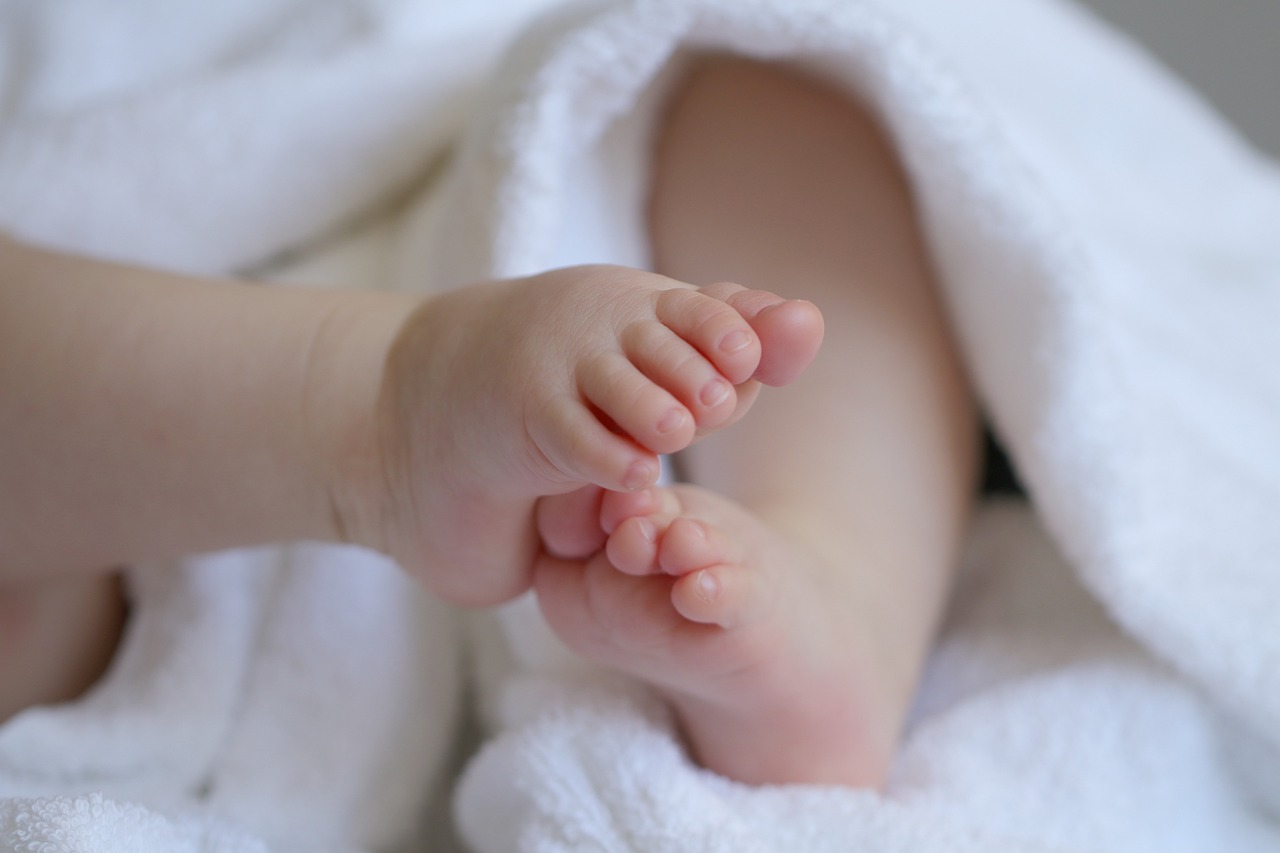
Safety Gates for Stairs
When it comes to keeping your little one safe, stairs can be one of the most hazardous areas in your home. Babies are naturally curious and as they begin to explore their surroundings, the allure of climbing stairs can be irresistible. However, without proper precautions, this can lead to dangerous falls. That's where safety gates come into play! These essential tools act as a barrier, preventing your baby from accessing staircases without your supervision.
Choosing the right safety gate is crucial. You want to look for gates that are specifically designed for stair use. Unlike regular gates, stair gates should be securely mounted to the wall rather than pressure-mounted. This ensures that they won't easily tip over or be pushed down by a determined toddler. When shopping for a safety gate, consider the following features:
- Height: A gate should be tall enough to deter even the most adventurous climbers. Generally, a height of at least 30 inches is recommended.
- Material: Opt for sturdy materials such as metal or solid wood. Avoid flimsy plastic gates that can easily break or bend.
- One-Handed Operation: Look for gates that can be opened with one hand, making it easier for you to navigate while holding your baby.
- Auto-Close Feature: This feature ensures that the gate closes automatically behind you, reducing the risk of leaving it open.
Installation is another critical aspect. Make sure to follow the manufacturer's instructions closely to ensure that the gate is mounted securely. If you're not handy with tools, it might be worth hiring a professional to install the gate for you. Remember, the safety of your baby is paramount, and a well-installed gate can provide peace of mind.
In addition to installing safety gates at the top and bottom of stairs, consider placing them in other areas of the home where you want to limit access. For example, if you have a multi-level home, gates on every floor can help keep your baby safe from exploring areas that may not be child-friendly.
Lastly, regularly check the gates for any signs of wear and tear. Over time, the hardware can loosen or the gate itself can become damaged. Ensuring that everything is in good working order will help maintain a safe environment for your little explorer.
1. At what age should I start using safety gates?
It's best to install safety gates as soon as your baby starts crawling, usually around 6 to 10 months old. This way, you can ensure their safety as they begin to explore.
2. Can I use pressure-mounted gates at the top of the stairs?
No, pressure-mounted gates are not recommended for the top of the stairs. It's safer to use wall-mounted gates that can be securely anchored.
3. How do I know if my safety gate is installed correctly?
Make sure the gate is firmly secured and does not wobble. Test it by applying pressure to ensure it doesn't move. Follow the manufacturer's installation instructions for best results.
4. Are there safety gates that can fit oddly shaped staircases?
Yes, there are adjustable gates available that can fit various configurations. Look for gates that offer flexible mounting options to accommodate your space.
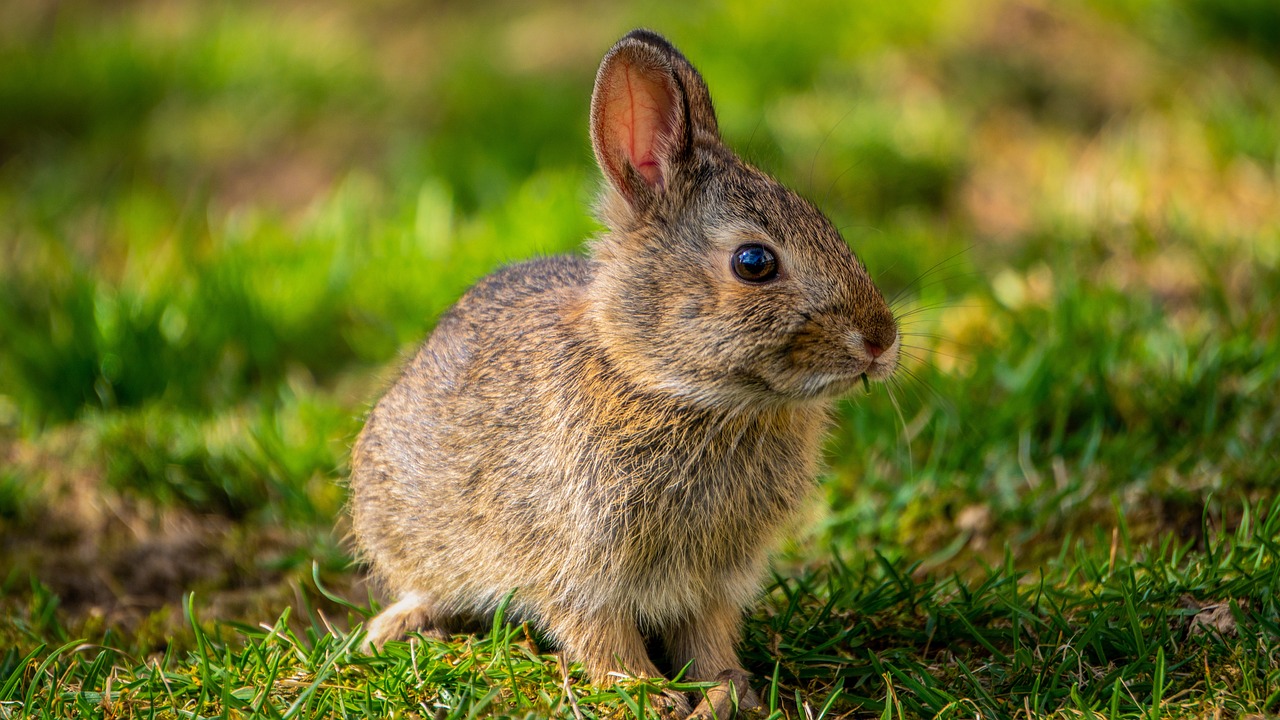
Bathroom Safety Tips
When it comes to ensuring your baby’s safety, the bathroom can be one of the most hazardous places in your home. With its slippery surfaces, sharp objects, and potential drowning risks, it’s essential to take proactive measures to create a safe environment. First and foremost, always keep the bathroom door closed and consider using a doorknob cover to prevent your little explorer from entering unsupervised. Just imagine the chaos if they managed to get in while you're busy elsewhere!
Water safety is paramount. Never leave your baby unattended in the bath, even for a moment. It only takes a few inches of water for a baby to drown. To make bath time safer, consider using a non-slip mat at the bottom of the tub to prevent slipping. Additionally, always test the water temperature with your wrist or elbow before placing your baby in the tub, ensuring it’s warm but not hot. The ideal temperature is around 100°F (37.8°C). You wouldn't want your baby to feel like they're stepping into a boiling pot of water, right?
Moreover, keep all hazardous items out of reach. This includes medications, cleaning supplies, and sharp objects like razors. A clever idea is to use a cabinet lock on your bathroom cabinets to keep curious little hands from accessing dangerous items. You can also store these items in a high cabinet or a locked box. Remember, babies are naturally curious, and they’ll find a way to explore everything if given the chance!
Another important aspect is to ensure that all electrical appliances, such as hairdryers and curling irons, are unplugged and stored safely away after use. Consider using a power strip with a safety cover for any devices that need to remain plugged in. This simple action can prevent electrical shocks or burns. And let’s face it, no one wants to deal with a trip to the hospital because of a preventable accident.
Lastly, be mindful of bathroom decor. While it’s tempting to have beautiful candles or decorative items on your sink, these can pose risks if knocked over. Instead, opt for child-friendly decor and keep fragile items out of reach. Trust me, a few adjustments can make a world of difference in keeping your baby safe!
Q: What should I do if my baby slips in the bathtub?
A: If your baby slips, remain calm. Quickly lift them out of the water and check for any injuries. If they seem fine, comfort them and continue bath time with extra caution. Always be within arm's reach during bath time.
Q: How can I prevent my baby from drowning in the toilet?
A: Always keep the toilet lid closed and consider using a toilet lock. This simple action can prevent curious babies from exploring this dangerous area.
Q: Are there any specific products you recommend for bathroom safety?
A: Yes! Look for non-slip mats, cabinet locks, and toilet locks. These products can significantly enhance safety in your bathroom.
Q: When can I start teaching my baby about bathroom safety?
A: It’s never too early to start! As soon as your baby begins to crawl, start implementing safety measures and explaining the importance of being careful in the bathroom.
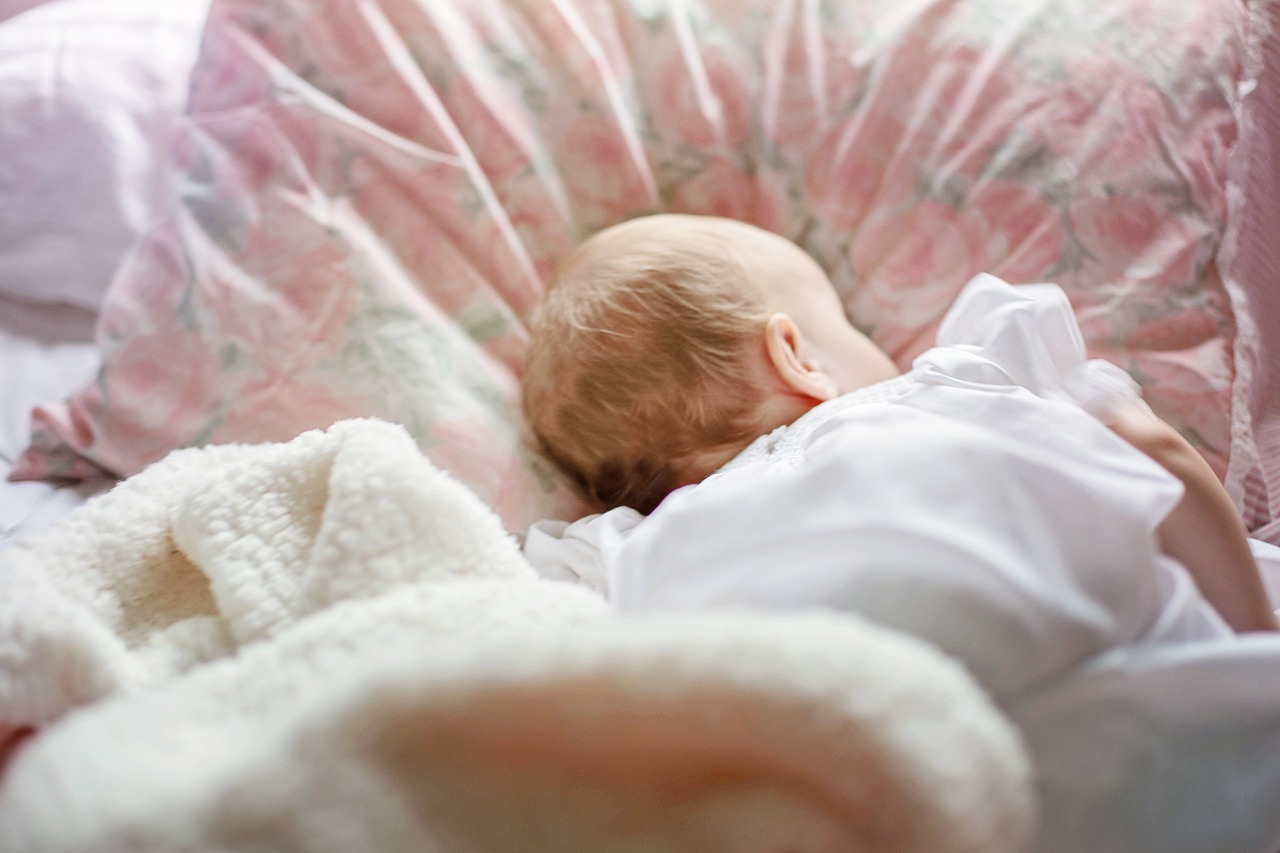
Kitchen Safety Measures
The kitchen can be a perilous place for little ones, filled with sharp objects, hot surfaces, and various hazards that can pose significant risks to your baby’s safety. To create a secure environment, it’s essential to implement effective childproofing measures that will keep your curious little explorer safe while they navigate this bustling area of the home. First and foremost, consider the layout of your kitchen. Is everything within reach of your baby? If so, it’s time to rethink how you store your items. Use high cabinets or locked drawers to store dangerous items such as knives, cleaning supplies, and any other chemicals that could be harmful if ingested.
One of the most critical aspects of kitchen safety is stove and oven precautions. Babies are naturally drawn to the activity and warmth of cooking, but they don’t understand the potential dangers involved. To keep them safe, always use the back burners when cooking and turn pot handles inward to prevent any accidental spills. Additionally, consider using stove knob covers to prevent little fingers from turning on the burners, which could lead to serious burns. It’s a simple yet effective measure that can save you from a potential disaster.
Moreover, proper storage solutions are vital in keeping your kitchen safe. For instance, consider using childproof locks on cabinets that contain sharp utensils or hazardous materials. Not only does this keep your baby from accessing dangerous items, but it also gives you peace of mind while you’re busy preparing meals. Additionally, utilize drawer dividers to keep utensils organized and out of reach. This way, even if your little one manages to open a drawer, they won’t find anything that could harm them.
To give you a clearer picture, here’s a quick table summarizing essential kitchen safety measures:
| Safety Measure | Description |
|---|---|
| Use Back Burners | Always cook on the back burners to minimize the risk of spills. |
| Turn Pot Handles Inward | Prevent accidental tipping by keeping pot handles away from the edge. |
| Stove Knob Covers | Install covers to prevent babies from turning on the burners. |
| Childproof Locks | Use locks on cabinets containing sharp or hazardous items. |
| Drawer Dividers | Organize utensils to keep them out of reach of curious hands. |
Lastly, always maintain a vigilant eye on your baby while in the kitchen. It’s easy to get distracted, but just a moment of inattention can lead to accidents. Consider using a playpen or a safe play area nearby, where your baby can explore safely while you cook. By taking these precautions, you’re not just protecting your child; you’re also creating a more enjoyable cooking experience for yourself. After all, who wants to be constantly worried about their little one getting into something dangerous while they’re trying to whip up a delicious meal?
Q: What are the most common kitchen hazards for babies?
A: Common kitchen hazards include sharp utensils, hot surfaces, and dangerous chemicals found in cleaning products.
Q: How can I make my kitchen more child-friendly?
A: Store hazardous items out of reach, use stove knob covers, and always supervise your child while in the kitchen.
Q: Are there specific products I can use to childproof my kitchen?
A: Yes, consider using childproof locks, stove knob covers, and corner protectors to minimize risks.
Q: Should I use a playpen in the kitchen?
A: Yes, using a playpen can provide a safe space for your baby while you’re cooking, allowing you to keep an eye on them without compromising their safety.
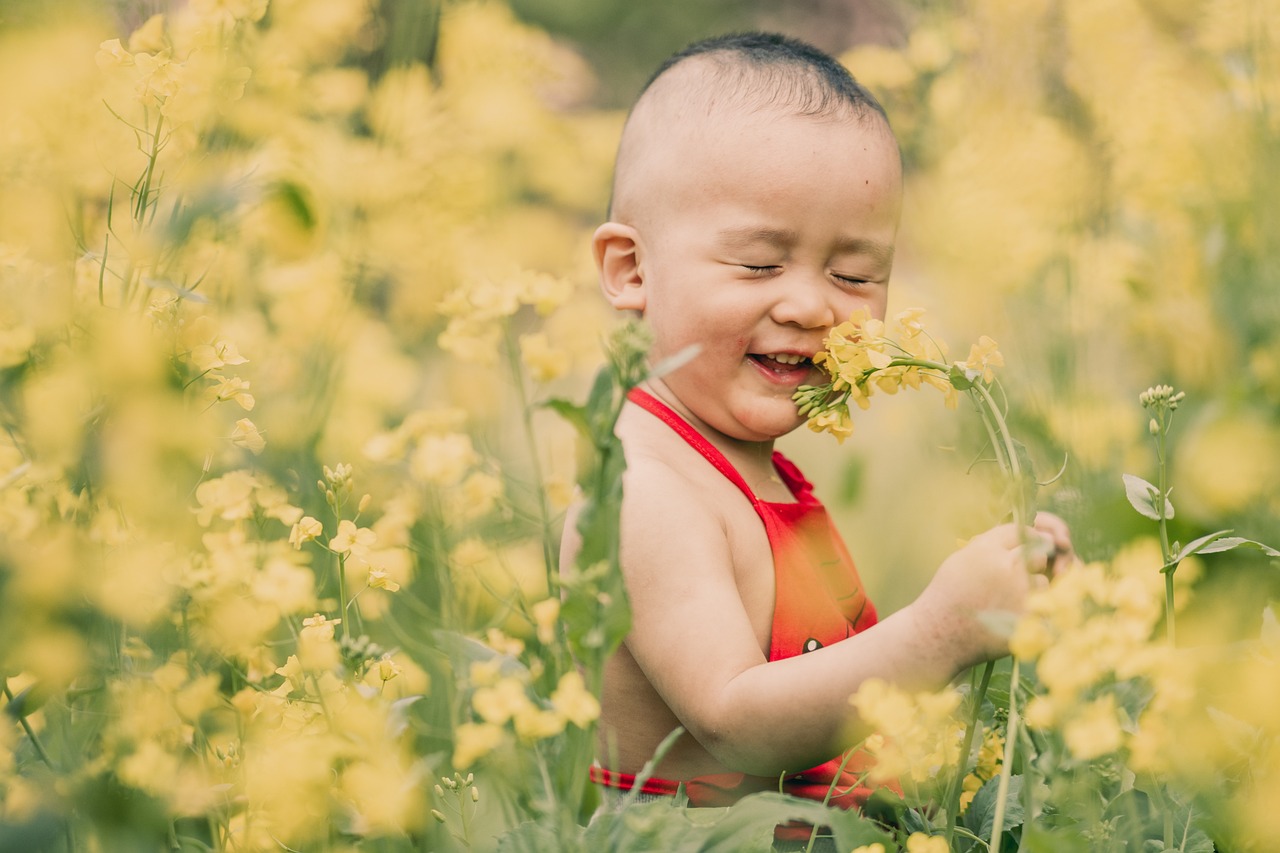
Stove and Oven Precautions
When it comes to keeping your little one safe, the kitchen can be one of the most hazardous places in your home. The stove and oven, with their hot surfaces and open flames, can pose serious risks for curious babies and toddlers. To ensure your baby is safe while you cook, it’s essential to implement some straightforward yet effective precautions. First and foremost, always keep your baby out of the kitchen while cooking. This might mean using a playpen or a safe space where they can play away from the potential dangers.
Another crucial step is to use the back burners when possible. This simple habit can significantly reduce the chances of your child reaching for hot pots or pans. Make it a rule to turn pot handles inward to prevent little hands from grabbing them. You might be surprised how quickly a child can reach for something they shouldn’t! Additionally, consider using stove knob covers to prevent your child from accidentally turning on the burners. These covers are easy to install and can provide peace of mind.
Moreover, it’s vital to be aware of the heat zones around your cooking appliances. Babies are naturally curious, and they will want to explore their environment. Make sure to establish a safe zone around the stove and oven by placing a baby gate or barrier that keeps them at a safe distance. It’s also a good idea to teach older siblings about kitchen safety, so they can help keep an eye on the baby while you’re cooking.
In addition to these precautions, consider investing in an oven lock. This device can prevent your child from opening the oven door, which can be especially dangerous when the oven is on. Remember, it only takes a split second for an accident to happen, so every little precaution counts. You can even create a kitchen safety checklist to ensure that you are consistently following these guidelines. Here’s a quick example of what that could look like:
| Safety Measure | Status |
|---|---|
| Use back burners | ✔️ |
| Turn pot handles inward | ✔️ |
| Install stove knob covers | ✔️ |
| Establish a safe zone | ✔️ |
| Use oven locks | ✔️ |
By taking these precautions, you are not only protecting your child but also creating a more enjoyable cooking environment for yourself. Remember, safety is not just about preventing accidents; it’s about creating a nurturing space where your baby can grow and explore without unnecessary risks. So, the next time you step into the kitchen, keep these stove and oven precautions in mind!
Q: What should I do if my baby is in the kitchen while I am cooking?
A: It's best to keep your baby in a safe area away from the kitchen while you cook. If you need to have them nearby, consider using a playpen or a secure high chair where they can observe from a safe distance.
Q: How can I teach my older children about kitchen safety?
A: Engage them in conversations about the dangers in the kitchen and demonstrate safe cooking practices. Encourage them to help with age-appropriate tasks while emphasizing the importance of keeping younger siblings safe.
Q: Are there specific products I should buy for kitchen safety?
A: Yes, consider purchasing stove knob covers, oven locks, and baby gates to create a safer cooking environment. These tools can significantly reduce the risk of accidents.
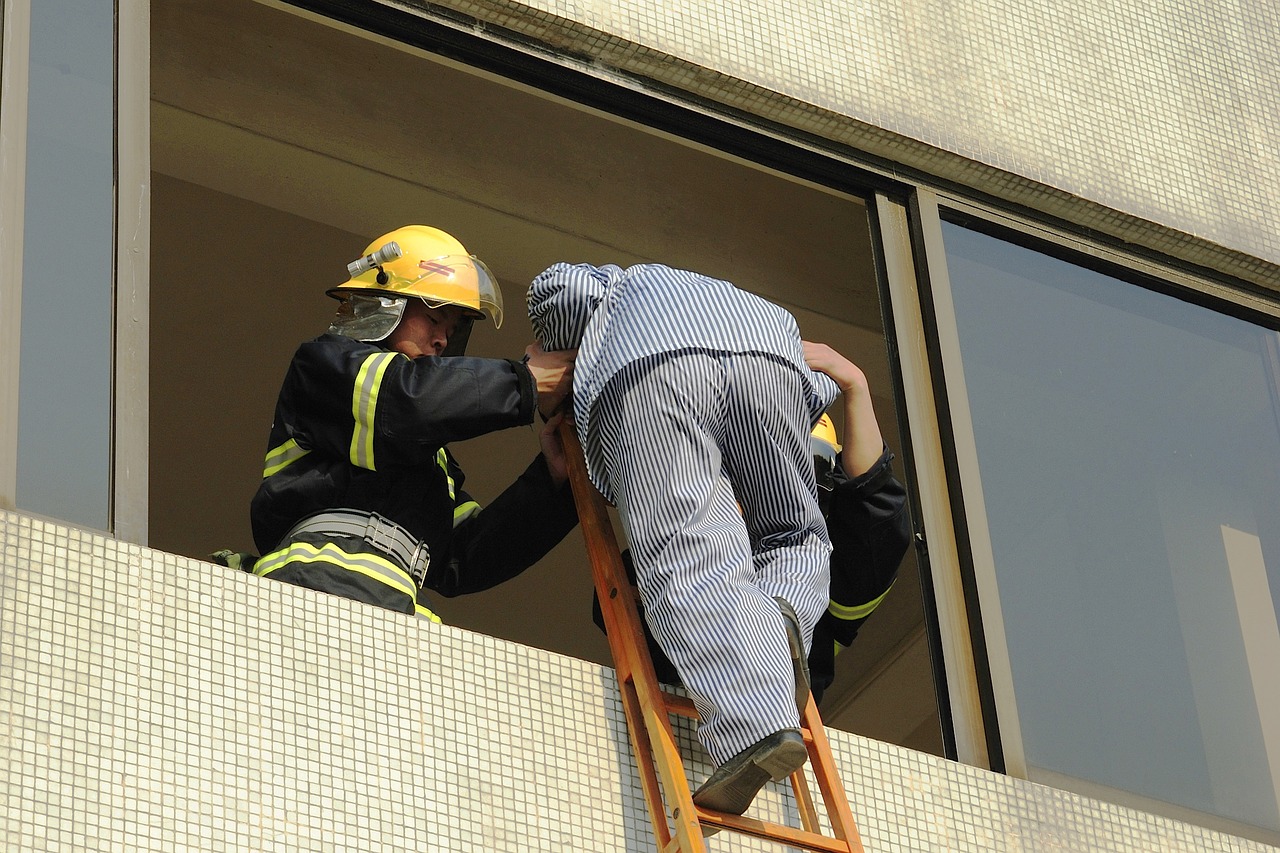
Safe Storage Solutions
When it comes to keeping your little one safe, the kitchen can be a minefield of potential hazards. One of the most effective strategies for ensuring safety is to implement for items that could be dangerous. Think about it: curious babies and toddlers are like little explorers, always on a quest to discover new things. This is why it’s crucial to keep sharp utensils, cleaning supplies, and other hazardous items well out of their reach.
Start by identifying the areas in your kitchen where these dangerous items are typically stored. For instance, knives, scissors, and other sharp tools should be kept in locked drawers or high cabinets. You might consider investing in childproof locks for cabinets and drawers that are within arm's reach of your little one. These locks are designed to be tricky for tiny hands but easy for adults to use, giving you peace of mind while you cook or clean.
Another important aspect of safe storage is organizing your kitchen in a way that minimizes risks. Place all cleaning supplies, including detergents and chemicals, in cabinets that are not only high but also secured with locks. You may want to use a clear storage bin system for easy visibility, but remember, just because you can see it doesn’t mean it should be accessible to your child. Consider using containers that are difficult for a child to open, ensuring that they stay out of reach.
For items that you frequently use, such as pots and pans, consider using a high shelf that is not only out of reach but also stable enough to prevent tipping. You don’t want a heavy pot falling down on a curious little head! Additionally, you can utilize magnetic knife strips mounted on walls, which not only keeps knives out of drawers but also ensures they are securely stored away from tiny hands.
Here’s a quick table summarizing some effective storage solutions:
| Item | Storage Solution |
|---|---|
| Knives and Sharp Utensils | High cabinets with childproof locks |
| Cleaning Supplies | Locked cabinets or high shelves |
| Pots and Pans | High shelves or magnetic strips |
| Small Appliances | Out of reach or secured in cabinets |
By taking these safety measures, you create an environment where your baby can explore without the constant worry of encountering dangerous items. Remember, it’s all about being proactive rather than reactive. The goal is to set up a kitchen space that is not just functional but also a safe haven for your little explorer.
Q: What are some common kitchen hazards for babies?
A: Common kitchen hazards include sharp utensils, hot surfaces, cleaning supplies, and small appliances. It's essential to store these items safely out of reach.
Q: How can I make my kitchen more child-friendly?
A: You can make your kitchen child-friendly by using childproof locks on cabinets, storing dangerous items high up, and utilizing safety gates to restrict access.
Q: Are there specific products recommended for childproofing storage?
A: Yes, childproof locks, safety latches, and drawer stops are highly recommended products for keeping your kitchen safe for little ones.
Q: How can I teach my toddler about kitchen safety?
A: Teaching kitchen safety can start with explaining what items are off-limits and why. You can also involve them in safe cooking activities to help them learn.
Frequently Asked Questions
- What are the essential items needed for a safe nursery?
Creating a safe nursery is all about the essentials! You'll need a sturdy crib that meets safety standards, a changing table with safety straps, and non-toxic paint and materials. Don't forget to keep small items out of reach and ensure that there are no cords or blinds that could pose a strangulation hazard!
- How can I childproof my living room effectively?
Childproofing your living room is crucial since it's a common area for playtime! Start by securing heavy furniture to the wall to prevent tipping, using corner guards on sharp edges, and keeping small items like remote controls and coins out of reach. Also, consider using outlet covers to protect curious little fingers!
- What safety measures should I take in the bathroom?
The bathroom can be a tricky place for babies. Always keep the toilet lid closed and consider using a toilet lock. Store all medications and cleaning supplies in high cabinets and out of reach. When it comes to bath time, never leave your baby unattended, and always check the water temperature before placing them in the tub!
- How can I ensure my kitchen is safe for my baby?
Kitchen safety is paramount! Start by installing safety locks on cabinets that store sharp utensils and cleaning supplies. Keep hot items like pots and pans on the back burners and use stove knob covers to prevent little hands from turning them on. A childproof gate can also help keep your baby out of the kitchen while you're cooking!
- Are safety gates necessary for stairs?
Absolutely! Safety gates are a must for any home with stairs. They help prevent falls and keep your baby safe from wandering into dangerous areas. Make sure to install them at both the top and bottom of the stairs, and choose gates that meet safety standards to ensure they are secure and reliable!
- What are some tips for securing heavy furniture?
Securing heavy furniture is essential to prevent tipping accidents. Use furniture anchors to attach tall furniture like bookshelves to the wall. Additionally, avoid placing heavy items on top of unstable furniture, and regularly check that everything is secure. It's a simple step that can make a world of difference!


















